Nearly four million children under the age of 18 wear braces in North America. This statistic has many parents asking their children’s dentist in Richmond, “when should my child get braces?”
Dentistry for children is not black and white, so the ideal age for orthodontic treatment varies from person to person. Read on to discover how to determine when or if your child needs braces.
What Is Early Orthodontic Treatment?
Early orthodontic treatment is the first step to determining what type of orthodontic care your child needs. This type of treatment is usually recommended to begin around age seven when your child still has some of their baby teeth.
Oftentimes, early orthodontic treatment does not involve braces. Instead, the orthodontist will focus on simple issues such as teeth alignment and drifted molars. Fixing these issues early on can save your child from having more complicated orthodontic procedures later.
Other times, your child will not need any treatment, but the orthodontist can tell you when you may need to start. This is a great way to establish a relationship with an orthodontist for the future.
Your pediatric dentist in Richmond will be able to tell you when it is time to consult an orthodontist for early treatment.
When Should My Child See an Orthodontist?
Many parents are unsure of the best time to schedule an orthodontist appointment for their child. Early orthodontic treatment is the best way to determine which path is best for your child, but there are other signs that it may be time for them to visit the orthodontist.
Here are just a few signs that your child may need orthodontic treatment.
Crowded or Crooked Teeth
If their mouth is overcrowded, then the teeth will likely become crooked. If left untreated, the crookedness will only get worse over time. This can also be harmful to your child’s dental health as it is harder to floss and brush in-between crowded teeth.
Persistent Mouth Breathing
Mouth breathing can be a sign that your child’s jaw or teeth are not coming together correctly. This can cause major bite and jaw issues if left untreated.
Speech Issues
The way your little one speaks has much to do with the alignment of their jaw and teeth. If they slur their words or have trouble pronouncing certain words, then their jaw could be to blame.
Thumb-Sucking
Thumb-sucking is typically harmless for younger children, but if your child is over six and still sucking their thumb, then they run the risk of narrowing their upper jaw.
Overbite or Underbite
Both an overbite and underbite is an easy fix for an orthodontist. This is a common problem, but if it is not taken care of, it can lead to chewing and eating problems. Additionally, if your child has pain or difficulty eating, then they may have a slight underbite or overbite that needs to be addressed.
The Process of Getting Braces
If you believe your child may need braces, then it is time to get in touch with an orthodontist. If you aren’t sure how to find an orthodontist, then feel free to contact us for recommendations.
This is what you can expect from the orthodontic treatment process.
Consultation
The first step to getting treatment is to consult with a potential orthodontist. This is a great opportunity to ask any questions you may have about your child’s dental health.
You and your child will get to meet the orthodontist and go over the treatment option that will work best for your needs. If you decide to proceed, then you will schedule an appointment to get the braces put on.
Placement of Braces
During the next visit, your child will have their braces put on. This process usually takes around one to two hours.
The orthodontist will first clean and dry the teeth. Then, they will glue the brackets onto the teeth and connect them with wire. Braces may cause your child pain for a few days afterward, but the discomfort should subside after they get used to their new hardware.
Routine Maintenance
Depending on your child’s specific treatment plan, they will likely visit the orthodontist every four to eight weeks to monitor their progress. It is also essential for them to visit your local family dentist during this time.
Make sure to help your child keep up with their oral hygiene. It is critical to clean under and around braces in order to prevent plaque buildup or staining.
Removal
Most children wear braces for an average of two years. This number can vary based on the amount of care they need.
Removing braces is extremely easy. The orthodontist will simply cut the wires and then remove the glue from your child’s teeth.
Aftercare
After the braces are removed, the orthodontist will likely fit your child for a retainer. It is essential to wear the retainer to ensure that the years of progress is not lost.
Some orthodontists will schedule one more checkup six to twelve months after the braces are removed. During this appointment, they will ensure that everything is settling the way they want it to.
Visit Our Children’s Dentist in Richmond Today
So, the best option for your child is dependent on many different factors. Seven is a good age to make an appointment with an orthodontist, but it can vary from child to child. Your children’s dentist in Richmond can point you to the exact time you should consult with an orthodontist.
If you want to find out when your child may need orthodontic treatment, then schedule an appointment with us today.


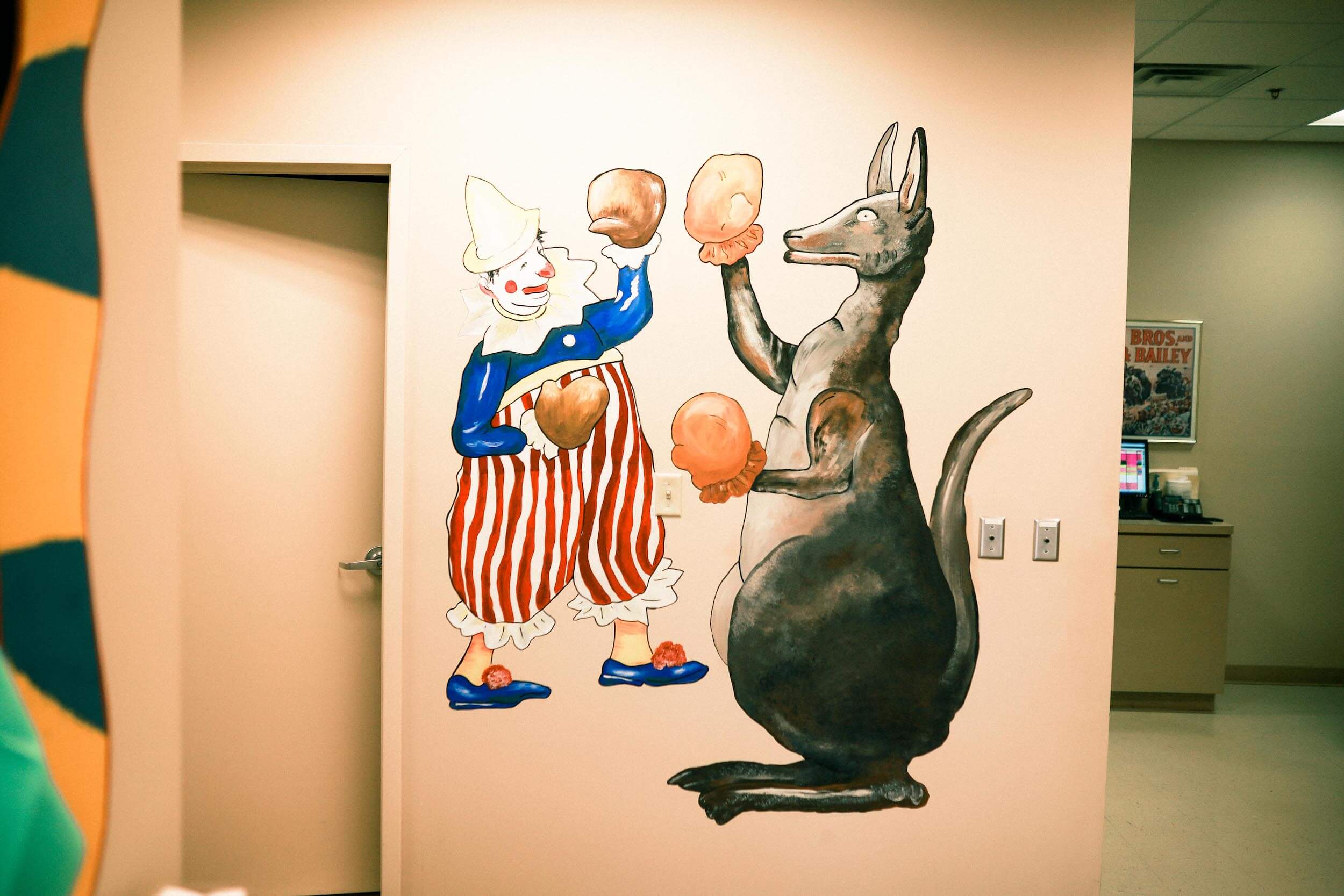

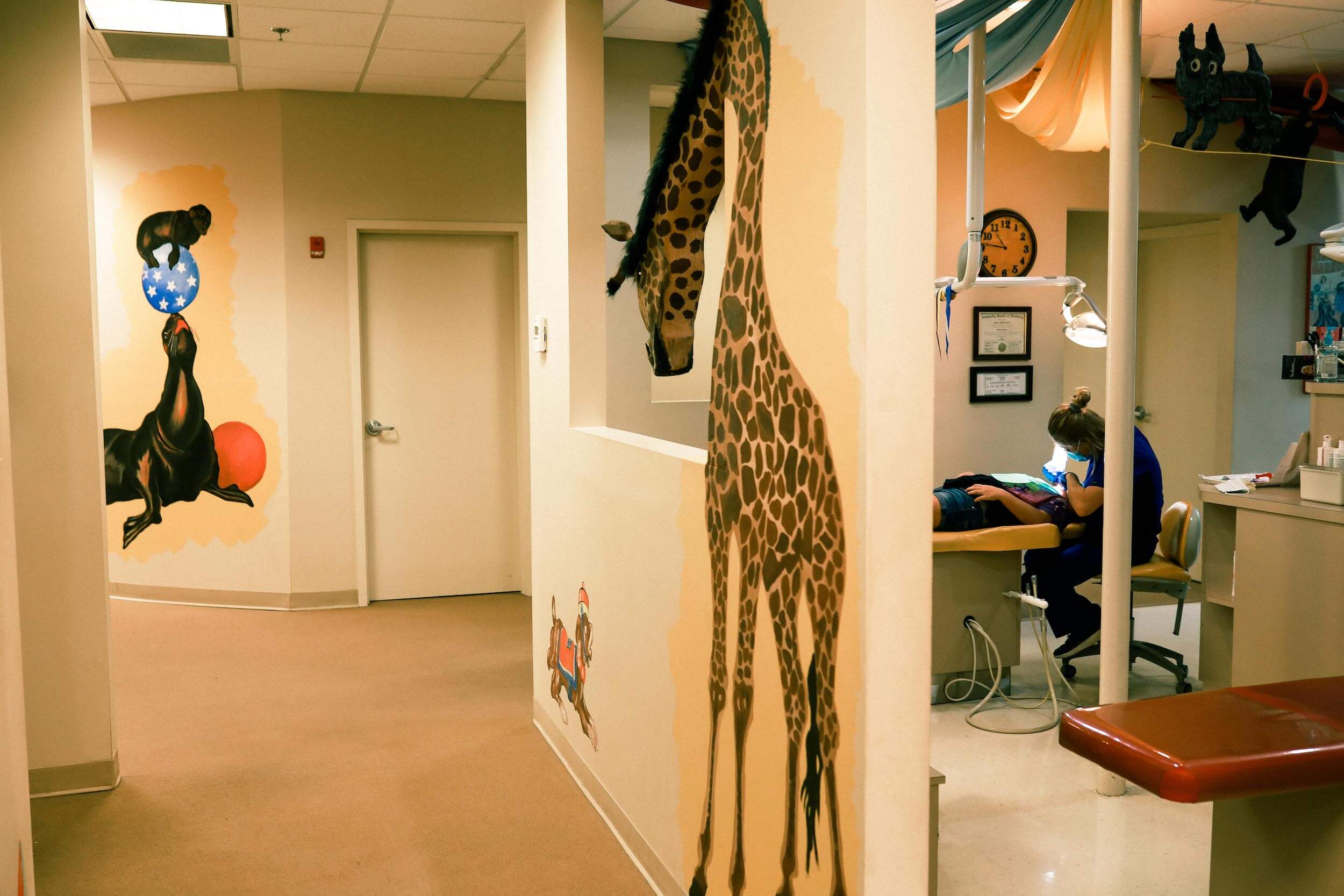


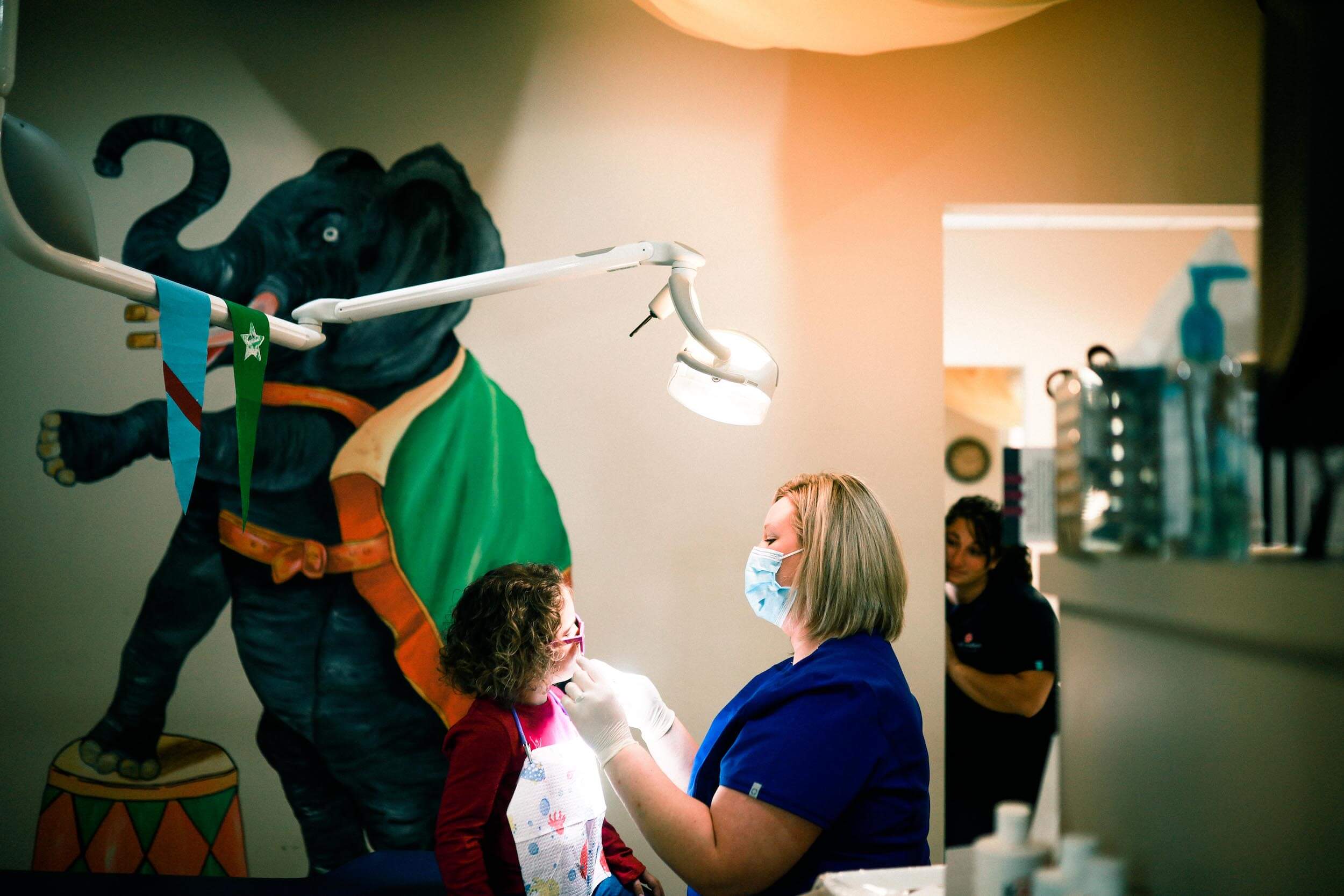
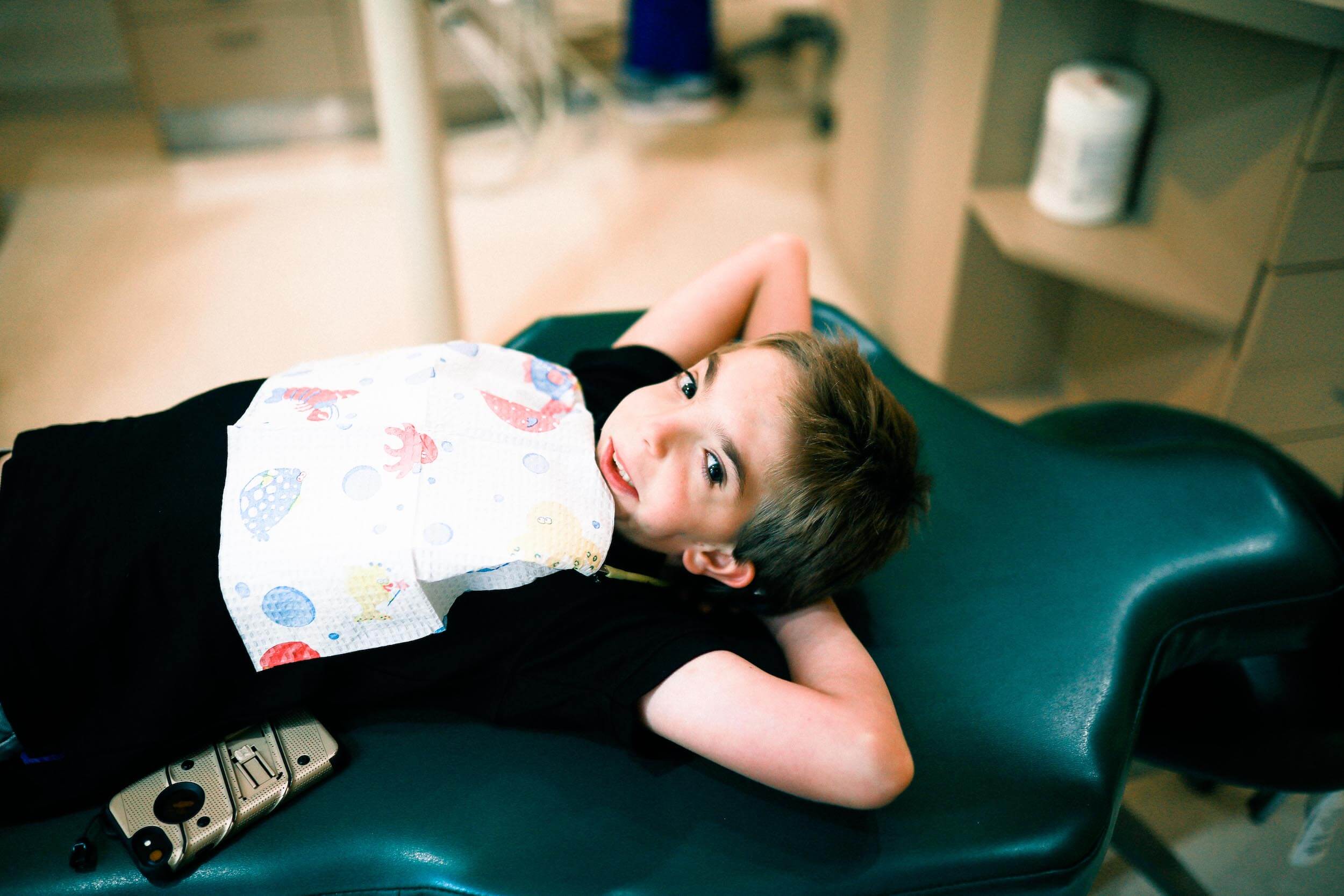
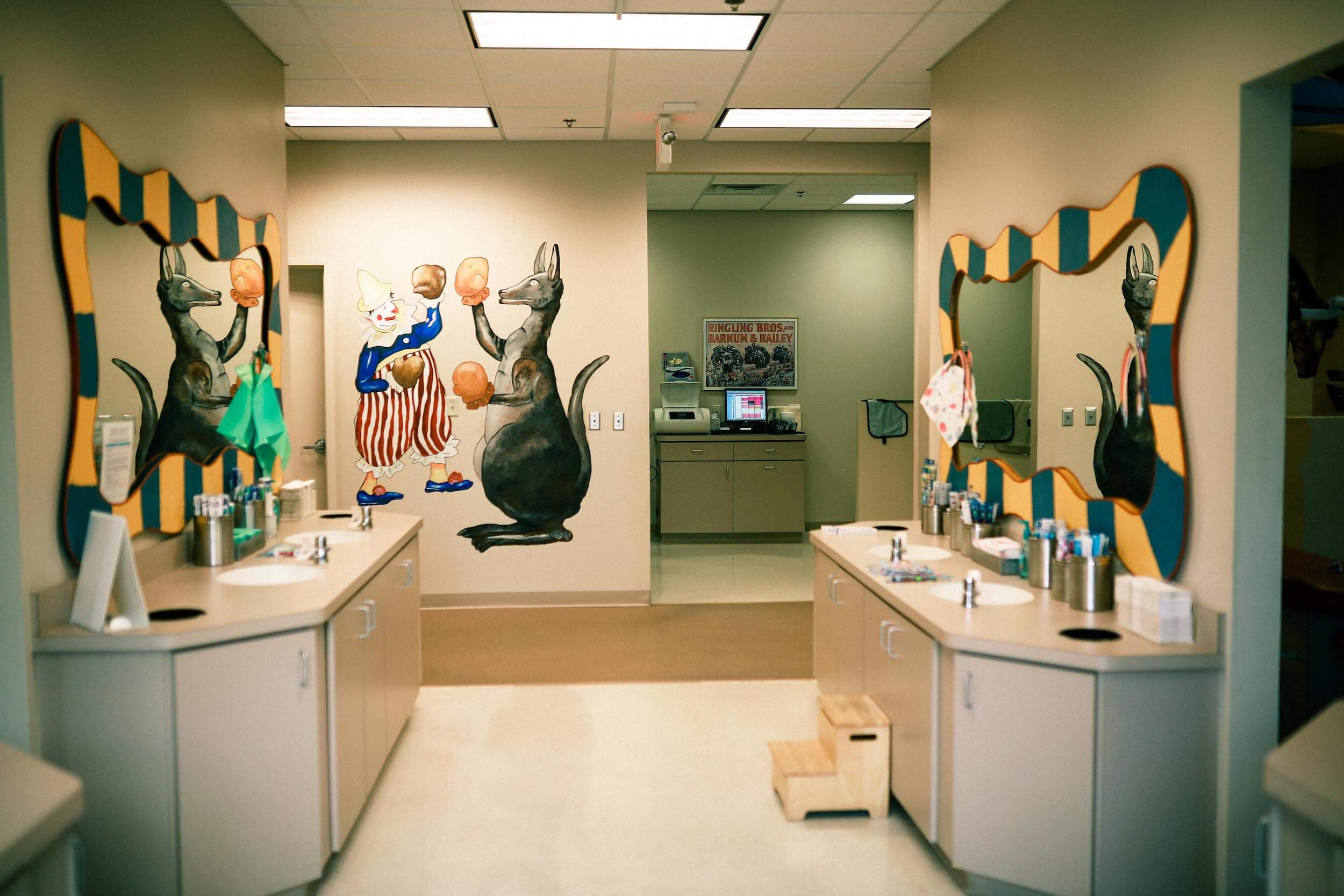
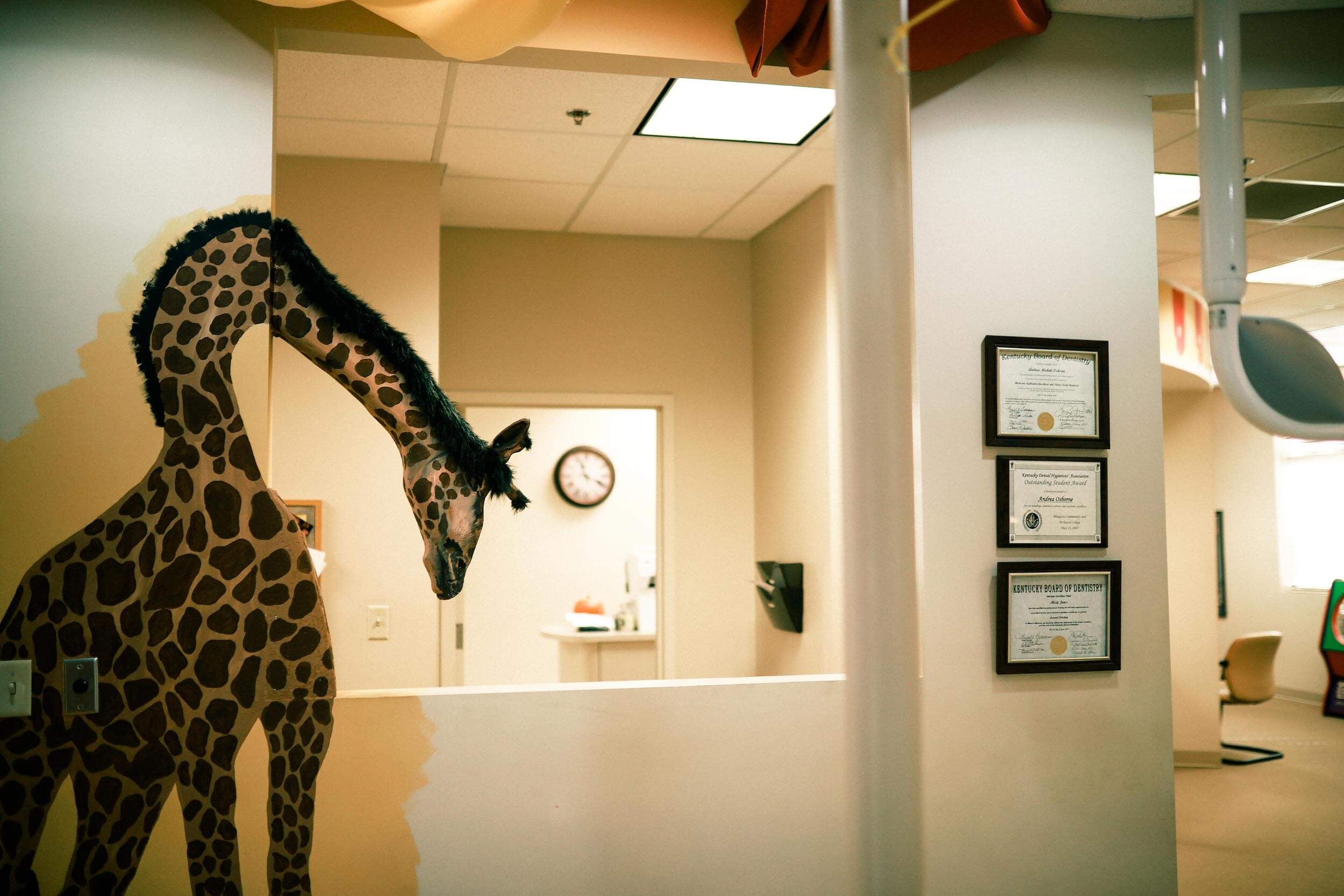
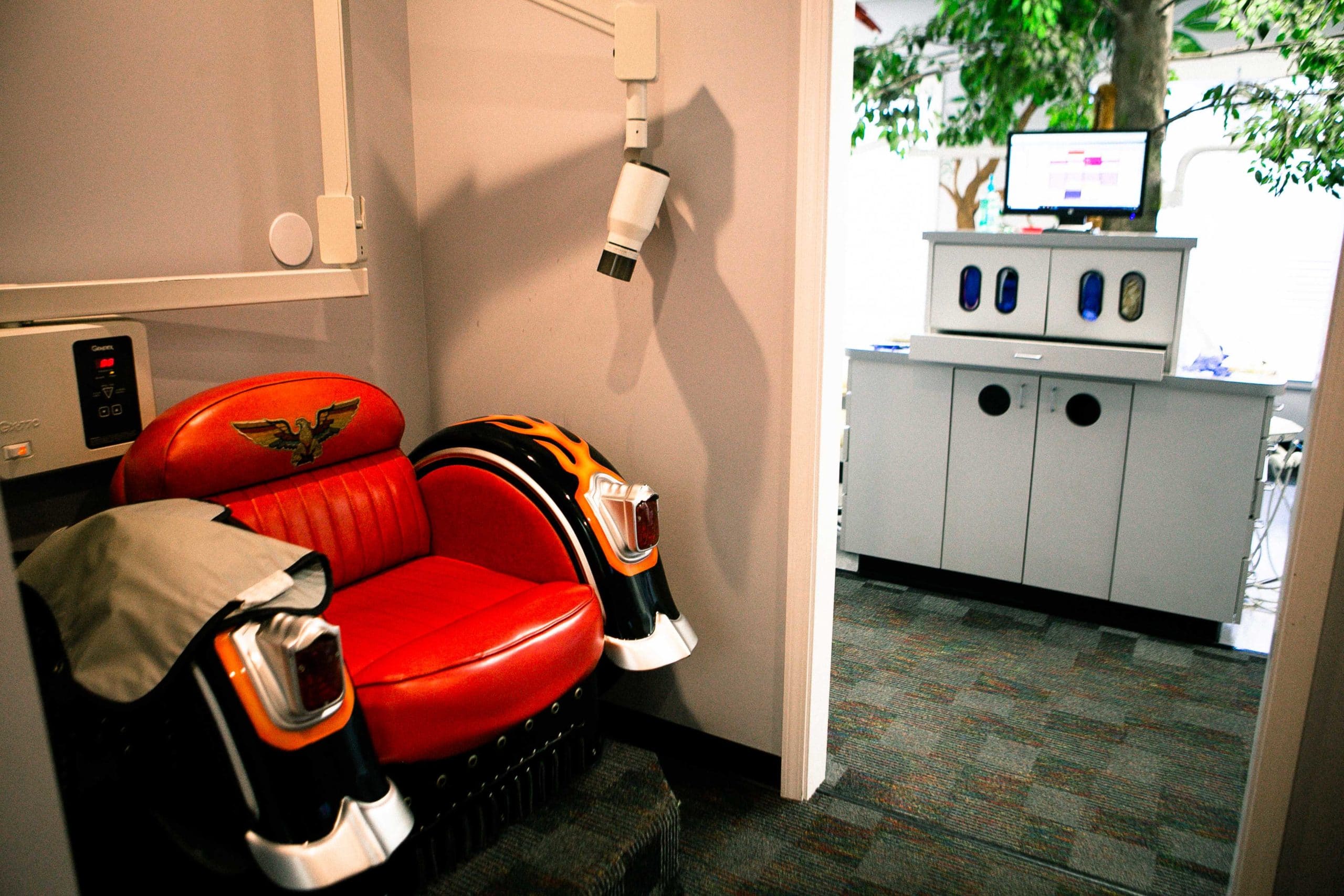



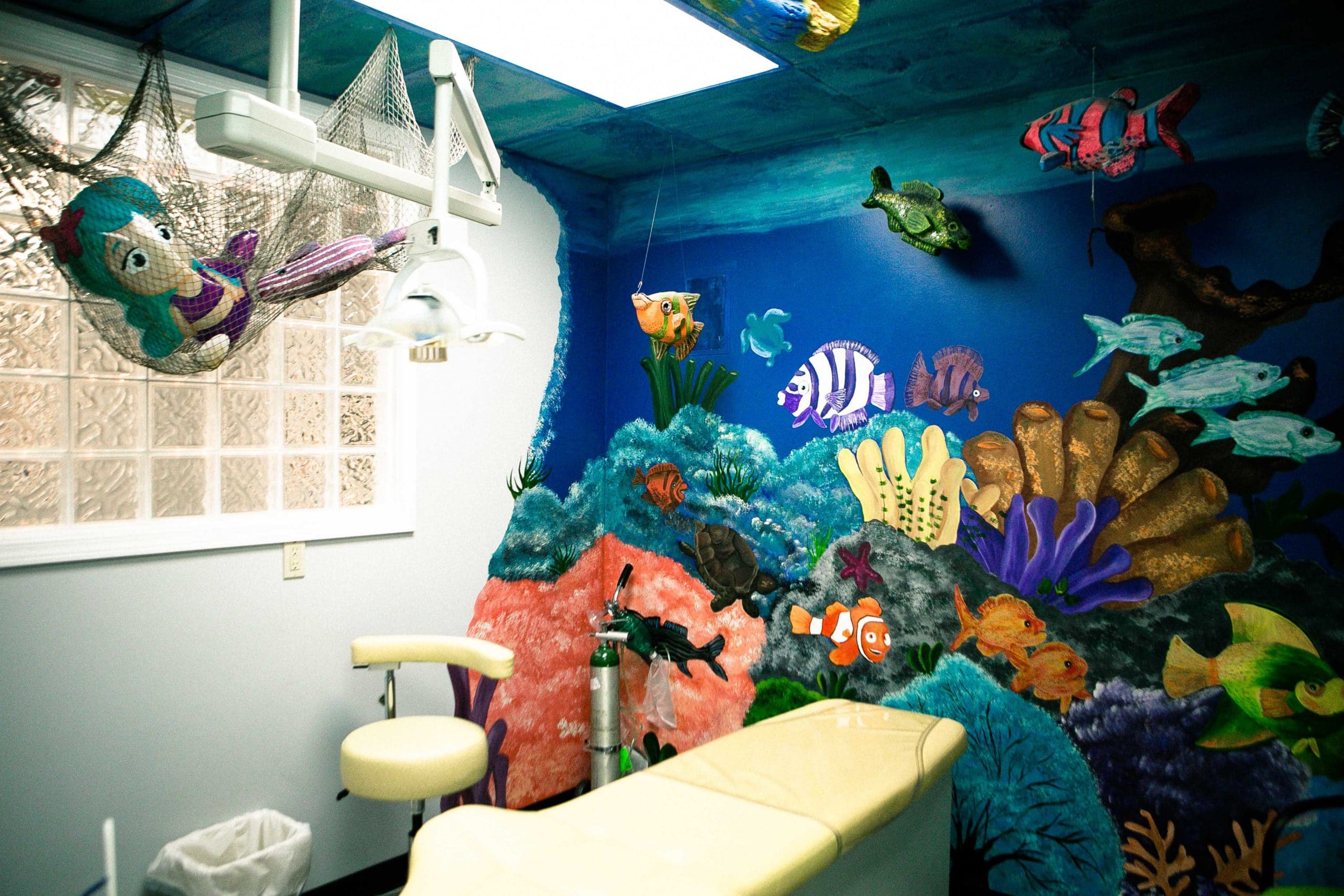


Recent Comments